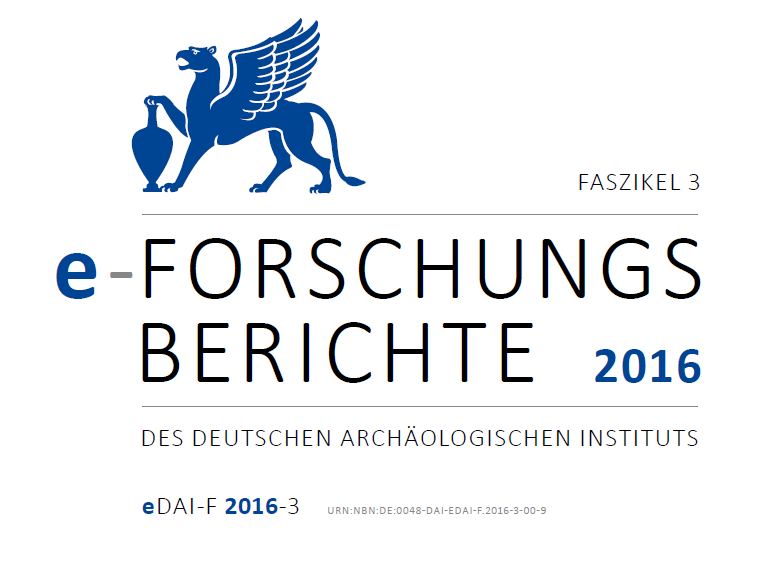Nördliche Badia, Jordanien: Die Besiedlung der nördlichen Badia im Spätchalkolithikum und der Frühbronzezeit (4. – 3. Jt. v. Chr.). Ein Beitrag zur archäologischen Siedlungsgeographie in ariden Regionen Vorderasiens
https://doi.org/10.34780/1ska-1q9d
Résumé
In the framework of the archaeological survey project “Arid habitats in the 5th to the early 3rd millennium BC: mobile subsistence, communication and key resource use in the Northern Badia (NE-Jordan)” (2010–2014) abundant indications for Late Prehistoric and especially Early Bronze Age socio-economic activities were revealed in the northern Badia in northeastern Jordan. With regards to these indications, the discoveries of the two fortified settlements Khirbet Abu al-Husayn and Tulul al-Ghusayn east of Jawa were of special interest. This led to the launch of the follow-up project “The colonization of the Northern Badia (NE-Jordan) in the Late Chalcolithic and Early Bronze Age (4th to 3rd millennium BC): a contribution to archaeological settlement geography in the arid regions of Southwest Asia”: It focuses on these permanent inhabited settlements, their chronological framework, the socio-economic background of the settlement’s residents and especially the identification of further comparable and contemporaneous settlements in the region. The first fieldwork season in spring 2015 focused on Tulul al-Ghusayn, where the visible architecture and terraced garden structures of the entire site were documented. Several soundings revealed information on the socio-economic background and the age of the settlement, which could be dated to the mid of the 4th millennium calBC.Téléchargements
Numéro
Rubrique
Artikel
Comment citer
Müller-Neuhof, B. (2017) « Nördliche Badia, Jordanien: Die Besiedlung der nördlichen Badia im Spätchalkolithikum und der Frühbronzezeit (4. – 3. Jt. v. Chr.). Ein Beitrag zur archäologischen Siedlungsgeographie in ariden Regionen Vorderasiens », e-Forschungsberichte des DAI, p. 129–135. doi:10.34780/1ska-1q9d.





